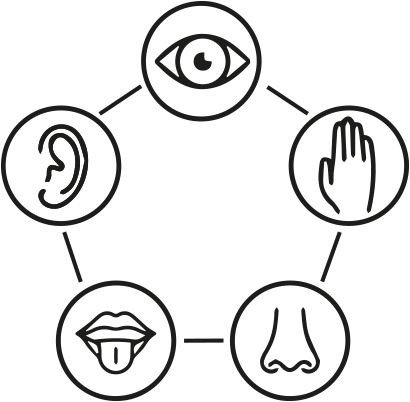Operation Mango
| Operation Mango
17 May 2022 Led by:
|
| Intended learning outcomes (more on programme level):
Part of Marres’ Workshops ‘Training the Senses’. https://marres.org/en/program/training-the-senses-en/ |
| Learning objectives (course specific):
You will gain insight into a series of surgical practices by using fruits to simulate surgeries as well as learn how these procedures are carried out from start to finish using surgical tools such as scalpels. |
| Objective statement:
Today, medical students practice their dissecting, stitching and carving skills on highly advanced materials and protheses. In the past, they had to work with simpler materials. In this context, fruit was both practically and metaphorically essential: oranges were used to learn how to inject, and a peach served as a children’s skin. In the workshop Operation Mango, you will pick up the scalpel yourself and get started with these materials and techniques. Under the guidance of physician-anthropologist Anna Harris, surgeon Bart Schrier and artist Kaisu Koski, you will gain insight into a series of surgical practices. In turn, by attending closely to the fruit’s sensory qualities, we may discover comparative vocabularies that doctors might never have thought of before. A first-aid kit is provided! |
| Type of course:
extracurricular course |
| Target group:
general audience |
| Teaching method:
workshop |
| Activities:
Start:
Training:
Concepts discussed:
|
| Assessment of learning:
N/A |
| Effect:
N/A |
| Additional biblio sources (available at Marres):
N/A |
